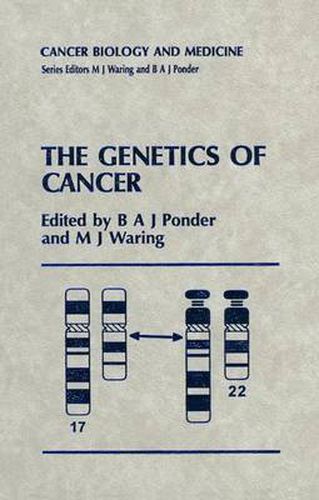Readings Newsletter
Become a Readings Member to make your shopping experience even easier.
Sign in or sign up for free!
You’re not far away from qualifying for FREE standard shipping within Australia
You’ve qualified for FREE standard shipping within Australia
The cart is loading…






It has been recognized for almost 200 years that certain families seem to inherit cancer. It is only in the past decade, however, that molecular genetics and epidemiology have combined to define the role of inheritance in cancer more clearly, and to identify some of the genes involved. The causative genes can be tracked through cancer-prone families via genetic linkage and positional cloning. Several of the genes discovered have subsequently been proved to play critical roles in normal growth and development. There are also implications for the families themselves in terms of genetic testing with its attendant dilemmas, if it is not clear that useful action will result. The chapters in this work illustrate what has already been achieved and take a critical look at the future directions of this research and its potential clinical applications.
$9.00 standard shipping within Australia
FREE standard shipping within Australia for orders over $100.00
Express & International shipping calculated at checkout
It has been recognized for almost 200 years that certain families seem to inherit cancer. It is only in the past decade, however, that molecular genetics and epidemiology have combined to define the role of inheritance in cancer more clearly, and to identify some of the genes involved. The causative genes can be tracked through cancer-prone families via genetic linkage and positional cloning. Several of the genes discovered have subsequently been proved to play critical roles in normal growth and development. There are also implications for the families themselves in terms of genetic testing with its attendant dilemmas, if it is not clear that useful action will result. The chapters in this work illustrate what has already been achieved and take a critical look at the future directions of this research and its potential clinical applications.